The Uffington White Horse, Oxfordshire
Thousands of years ago, ancient Britons created a vast and spectacular stylised portrayal of a horse in the hills of the North Wessex Downs. Surely they could scarcely have dreamed that The Uffington White Horse would still be intriguing visitors to this day.
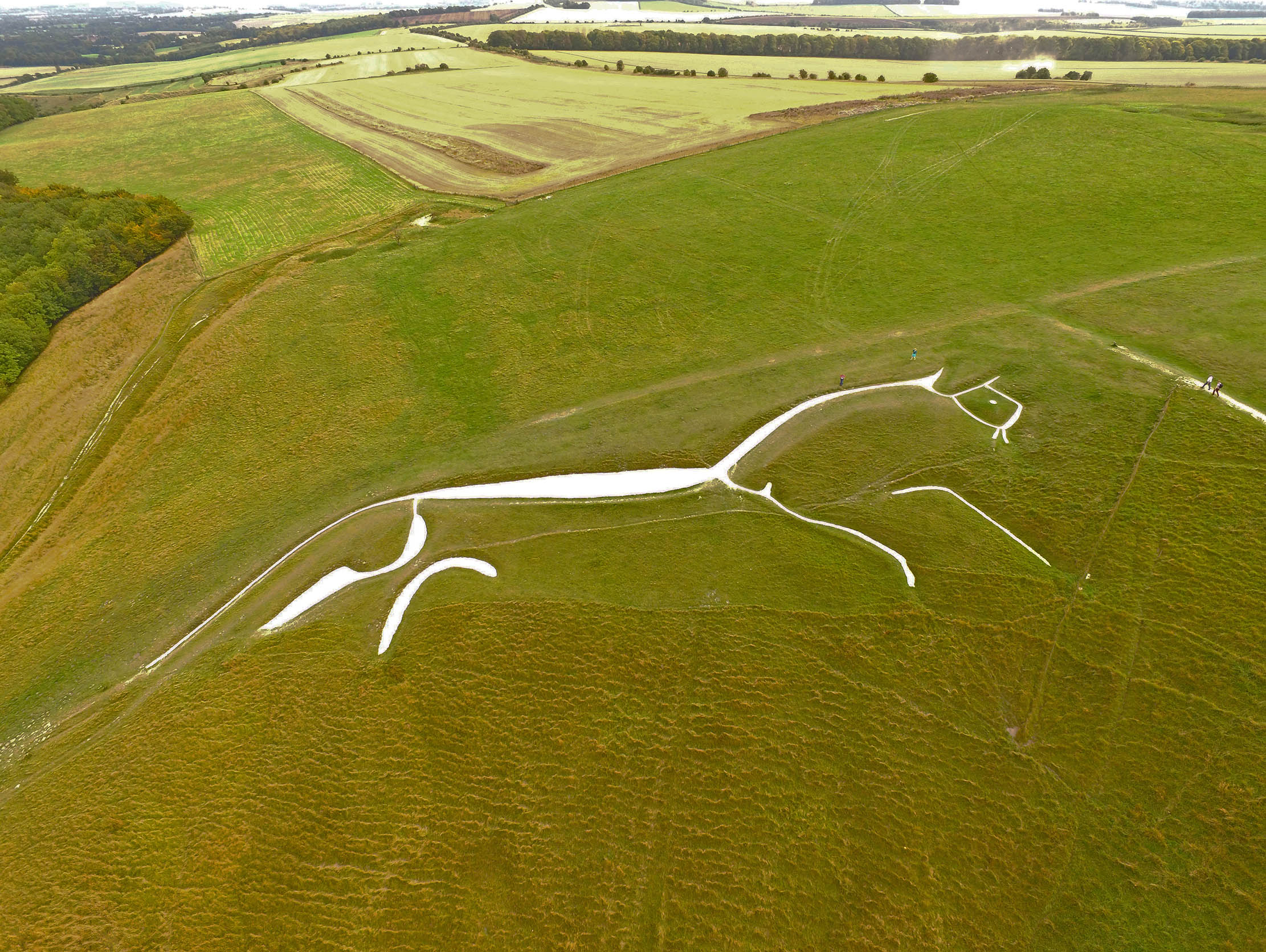
Chalk horses, scoured into the sides of downland, are peculiar to southern England. This is the oldest and could have been created 3,000 years ago; the lines took the form of 3ft trenches, which were then filled with chalk.
This 110m-long horse forms part of an ancient landscape, with the prehistoric path known as the Ridgeway running along the crest of the downs and a Saxon hill fort nearby. With its flowing, yet staccato lines reduced to the bare minimum, the White Horse is halfway between a Picasso and a hieroglyph.
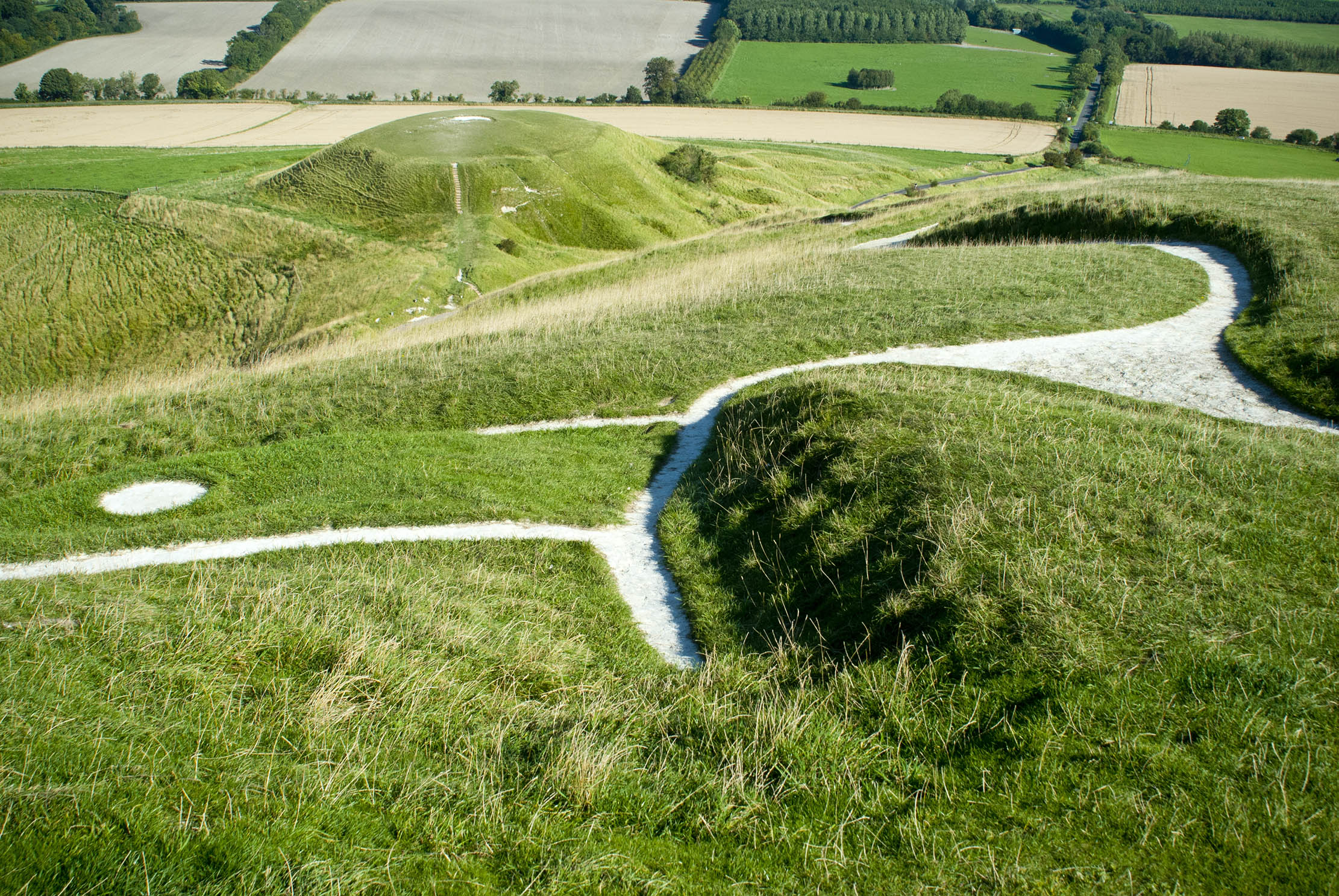
Like the real horses around Lambourn a few miles away, it is shown as a racing Thoroughbred, although, originally, it may not have been quite so svelte — genuine Bronze Age horses were essentially stocky ponies.
The author G.K. Chesterton took inspiration from the Uffington White Horse, which gave him the title of his 1911 poem The Ballad of the White Horse. It's a work which could scarcely be more different to his better-known Father Brown detective stories. The 2,684-line Ballad is a true rarity: an epic poem in English.
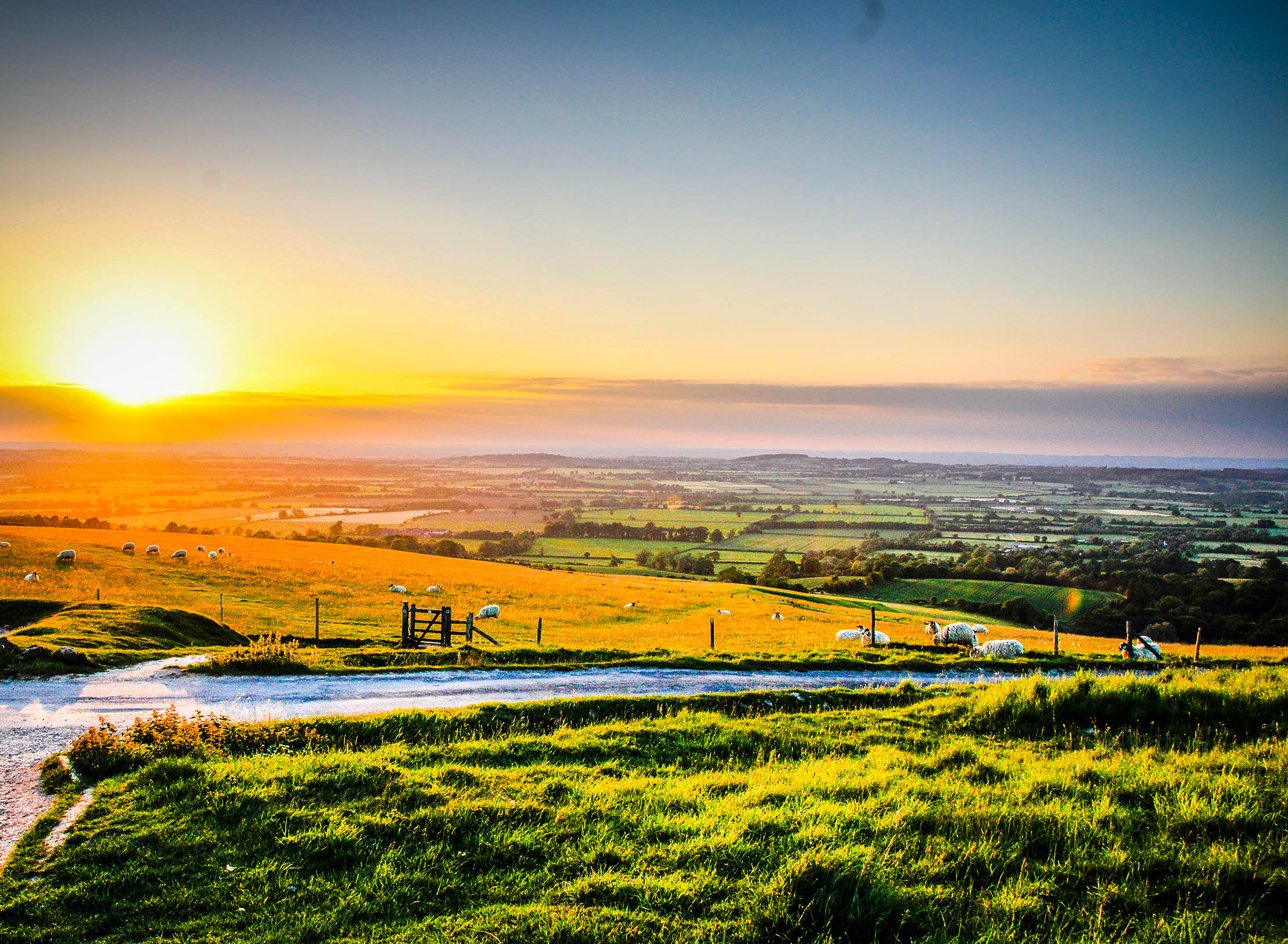
How to visit the Uffington White Horse
White Horse Hill is a couple of miles south of the village of Uffington, which is in the North Wessex Downs close to the Oxfordshire/Wiltshire border in roughly half-way between Swindon and Didcot, and within easy reach of Oxford and Reading. There are no facilities at the site, but nor are there fences, gates or a gift shop. There is a National Trust car park and some information boards nearby, and it's dog-friendly; the National Trust website has more information.
The White Horse is also on The Ridgeway, an 87-mile trail from Avebury to Ivinghoe Beacon which is probably Britain's oldest 'road' having been used since pre-historic times.
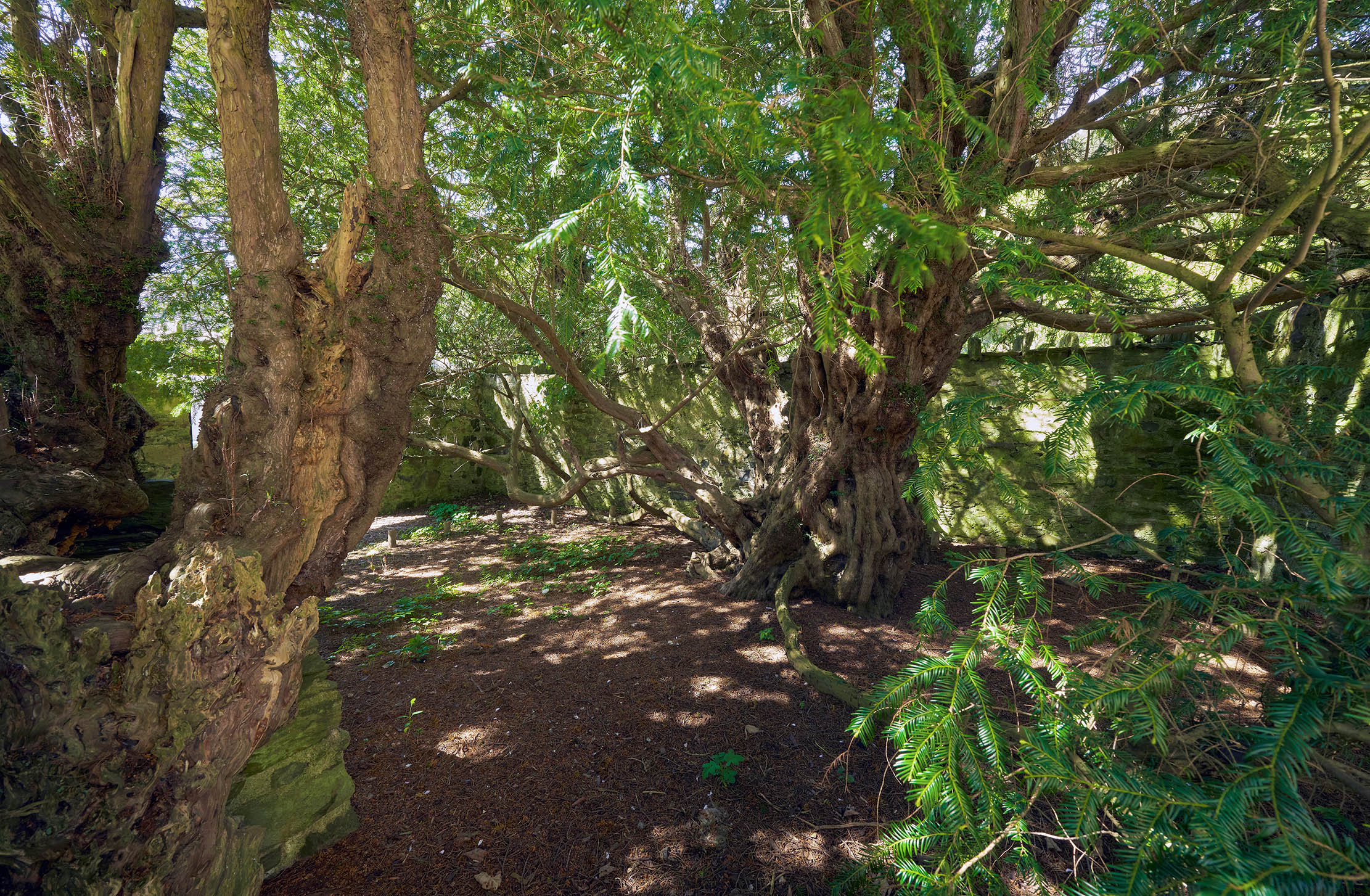
The Fortingall Yew, the Scottish tree which was already 3,000 years old when Christ was born
Yews are well known for their longevity, but few — if any — can top the 5,000-year-old Fortingall Yew.
Exquisite houses, the beauty of Nature, and how to get the most from your life, straight to your inbox.
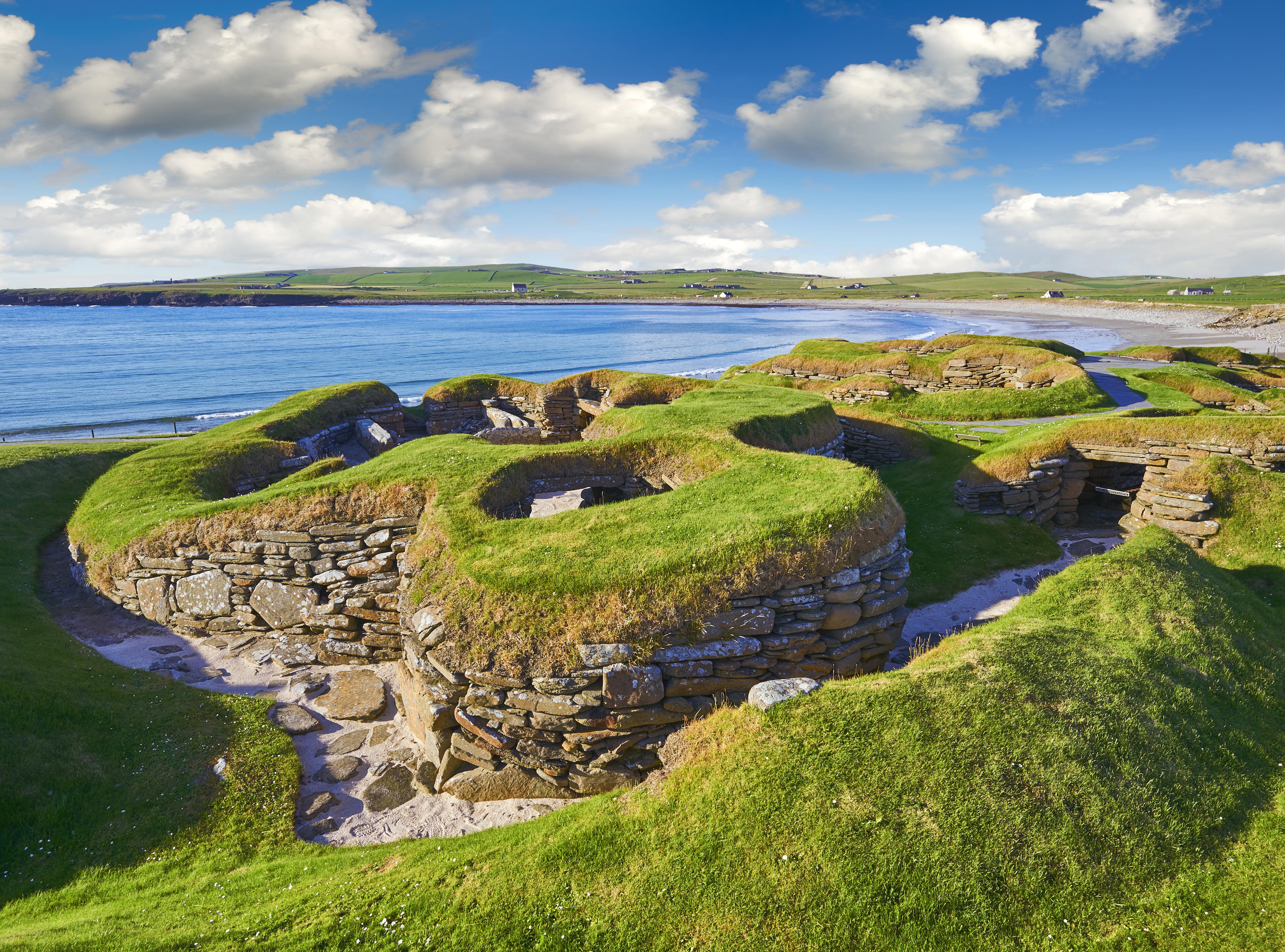
Skara Brae: The prehistoric village on Orkney that's older than Great Pyramid of Giza
The best-preserved Neolithic settlement in Europe isn't in a French cave or an Italian hillside; it's Skara Brae on Orkney,
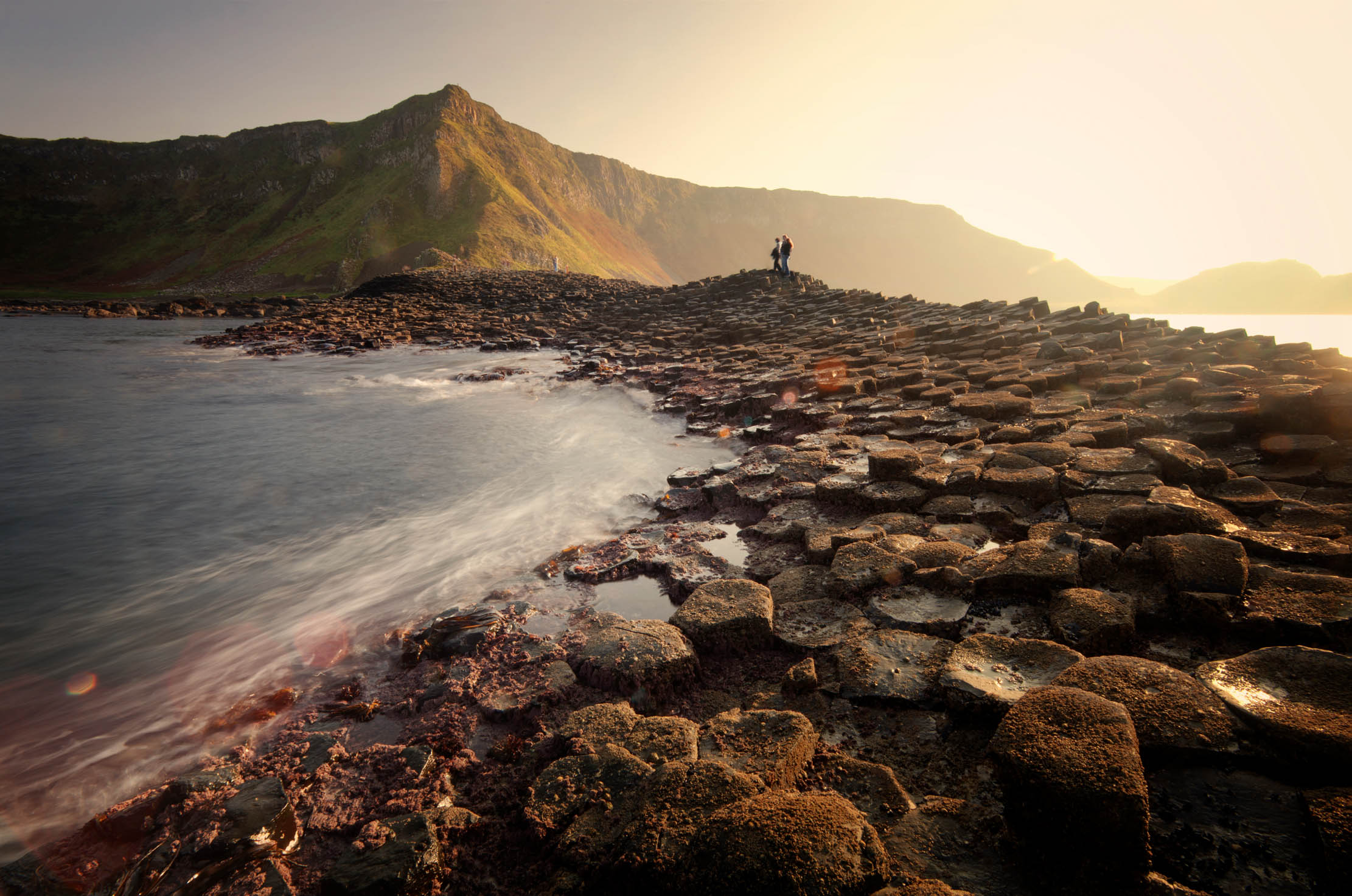
The Giant's Causeway
The Giant's Causeway is a geological marvel, a UNESCO World Heritage Site, and an unmissable stop for anyone heading to